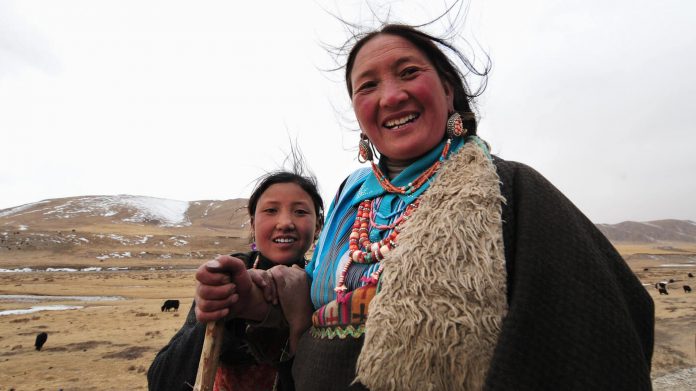A single gene acquired when people from Africa mated with Denisovans on their migration to what is now China and Tibet is the reason most people in Tibet can live at such high altitudes. Rasmus Nielsen, University of California at Berkeley professor of integrative biology, and colleagues discovered the gene difference in a genetic analysis of a small population of Chinese and Tibetans.
The gene called Endothelial PAS domain-containing protein 1 (EPAS1) becomes active when blood oxygen levels drop. The gene acts to produce more hemoglobin so the red blood cells can carry more oxygen. People that live at low altitudes have a different variant of the gene.
The researchers found that almost 87 percent of the Tibetan population has a variant of the EPAS1 gene that confers a minimization of the activity that produces extra hemoglobin. Extra hemoglobin at high altitudes produces a variety of health problems including thickening of red blood cells. Only nine percent of Han Chinese people exhibit the gene variant that is common in Tibetans that live above 13,000 feet.
The scientists compared the genome of Tibetans and Han Chinese people with the genome of Denisovans and Neanderthals. An unambiguous Denisovan genome has been available since 2012. The Denisovan DNA contained the variant of EPAS1 that confers high-altitude hemoglobin control. The conclusion is the gene was acquired from Denisovans between 40,000 years ago and 50,000 years ago.
People that migrated out of Africa mated with the Denisovans and brought about their extinction. The people that acquired the variant in EPAS1 from the Denisovans went on to populate the high mountains of Tibet. Those people that did not have the variant gene died before reproducing. At some point in time that is not known, the people migrating into Asia split into two groups. One group populated Tibet and one populated China.















